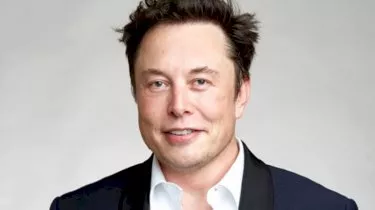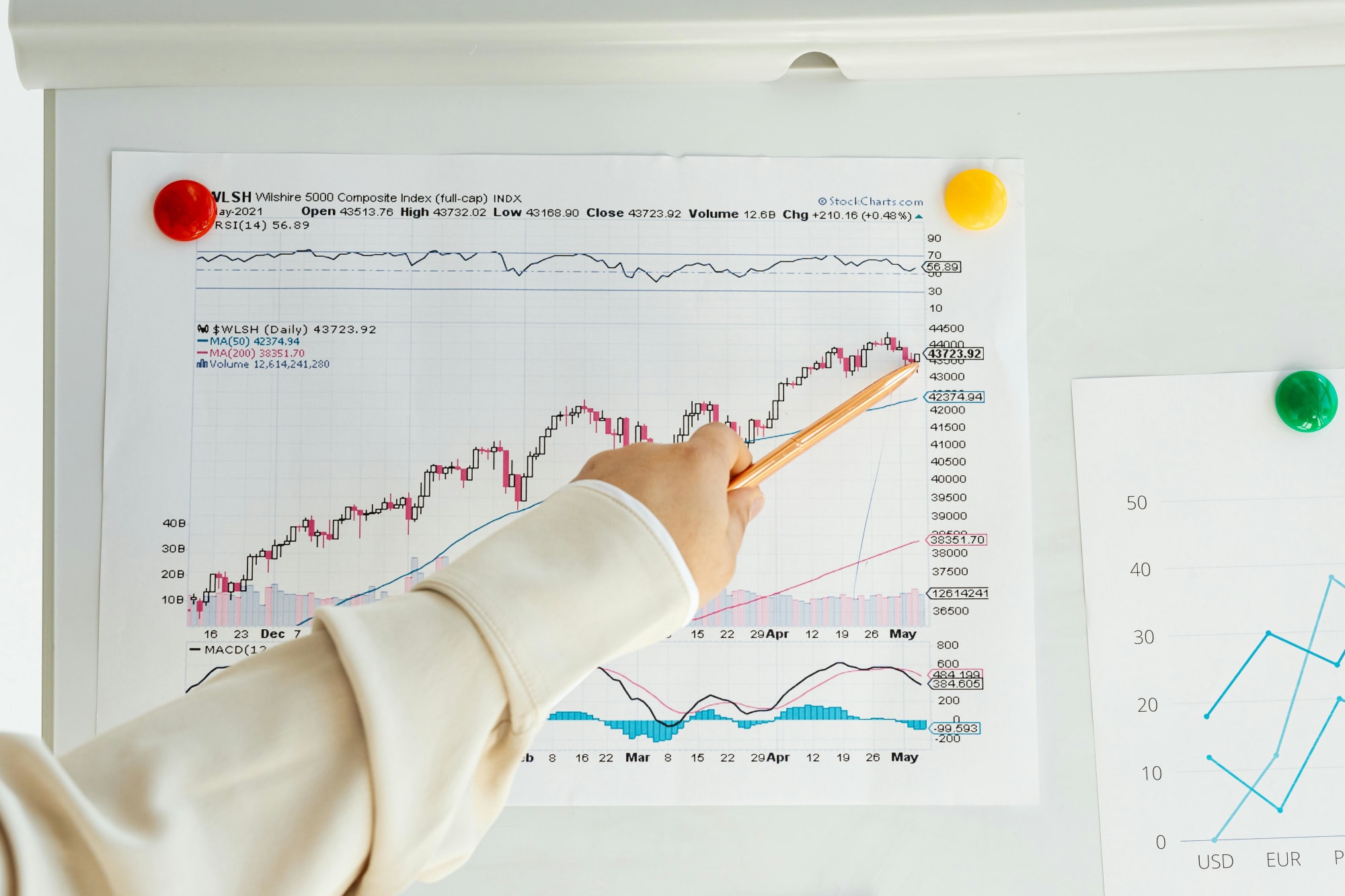Invest
Musk expected to slash his $44bn offer as turmoil befalls Twitter
A researcher has warned that Elon Musk “holds all the cards” when it comes to his impending purchase of social media giant Twitter and believes he is in a powerful position to renegotiate a significantly reduced price.
Musk expected to slash his $44bn offer as turmoil befalls Twitter
A researcher has warned that Elon Musk “holds all the cards” when it comes to his impending purchase of social media giant Twitter and believes he is in a powerful position to renegotiate a significantly reduced price.

Forensic financial research firm Hindenburg Research believes that Mr Musk presently occupies such a disproportionately strong position at the Twitter negotiating table, so much so that if he were to walk away today, the consequences would entirely fall on Twitter and that’s despite the US$1 billion breakup fee Mr Musk would need to pay.
“We believe that if Elon Musk’s bid for Twitter disappeared tomorrow, Twitter’s equity would fall by 50 per cent from current levels,” Hindenburg Research said in a statement.
According to the research firm, the stage for this power imbalance was set after Mr Musk initially purchased a 9.2 per cent stake in Twitter, followed by his offer to buy the company in its entirety, which provoked its panicked board to examine other options, including other offers.
But this turned out to be a dead-end for Twitter because “better competing funds failed to materialise”, which forced it to accept Mr Musk’s $44 billion bid.

“Since the day before Musk disclosed his initial stake in Twitter, multiple developments have weakened the company’s position, threatening the current deal dynamic,” Hindenburg Research said.
Among these developments is a broad meltdown in tech stocks and Twitter’s weak quarterly financials.
Hindenburg Research explained that Twitter’s recently reported performance represents further downside that hasn’t been priced into the stock. The social media company also admitted to overstating its daily active user count just four months after its $809 million securities fraud settlement over a similar issue.
“We suspect that Twitter continues to overstate its true daily active users, despite the revision. As indicated by Musk, the platform is flooded with bots, spam, and scam accounts that likely inflate its genuine user metrics even further,” the researcher said.
But Twitter’s turmoil does not end there. Hindenburg Research believes that Twitter’s precarious position has bolstered Mr Musk’s leverage in potentially making a new and reduced offer that Twitter may have no choice but to accept.
“Consequently, we see a significant risk that the deal gets repriced lower,” Hindenburg Research said.
This speculative remark didn’t go unnoticed by Tesla’s founder, who responded cryptically to Hindenburg Research in a post on Twitter reading “Interesting. Don’t forget to look on the bright side of life sometimes!”
Moreover, Hindenburg Research pointed to the “undue pressure” placed on Tesla with Musk already opting to sell US$8.4 billion in Tesla shares to help raise capital for his Twitter bid, which contributed to Tesla falling 12 per cent during the day’s trading session.
“A lower deal price with less excessive leverage will place both Twitter and Tesla on more solid financial footing,” the researcher said.
And with Musk having already made it clear to Twitter’s board that should the deal not consummate he will sell his shares, the researcher believes the social media giant’s stock is due to be re-rated significantly lower.

Economy
Navigating the inflation maze: How CFOs can outsmart economic hurdles in Australia
Fresh inflation data have cooled expectations of near-term rate cuts in Australia, intensifying pressure on margins, capital allocation and demand. Rather than wait for monetary relief that may not ...Read more

Economy
Inflation concerns rise as Australia's CPI climbs to 3.8% in October
Australia's latest Consumer Price Index (CPI) figures have sent ripples through the economy, with headline inflation accelerating to 3.8% year-on-year in October, up from 3.6% in September. The data, ...Read more

Economy
October CPI results pose challenges for RBA’s monetary policy stance
In a surprising turn of events, the October Consumer Price Index (CPI) data has raised eyebrows among economists and market strategists, revealing stronger-than-expected inflationary pressures in ...Read more

Economy
Global deal activity declines by 6% amid economic uncertainty, reports GlobalData
In a year characterised by economic turbulence and evolving market conditions, global deal activity has witnessed a notable downturn during the first ten months of 2025. According to GlobalData, a ...Read more

Economy
Australia’s softening labour market puts another RBA cut in play — here’s what business should do now
A four-year high in unemployment has revived expectations the Reserve Bank could deliver another rate cut as soon as November. With quarterly GDP growth running at 0.6 per cent and annual growth at ...Read more

Economy
Rising CPI reinforces RBA’s stance as rate cut expectations remain: State Street
State Street Global Advisors says the Reserve Bank of Australia (RBA) is likely to hold its current policy outlook following the release of September quarter inflation data, which showed an unexpected ...Read more

Economy
NSW SES boosts tsunami preparedness ahead of World Tsunami Awareness Day
As World Tsunami Awareness Day approaches on 5 November, the New South Wales State Emergency Service (NSW SES) is ramping up efforts to enhance tsunami preparedness along the east coastRead more

Economy
Lifesaving Regional Response Strengthened with New NSW SES Vehicles
In a significant boost to regional emergency services, the NSW State Emergency Service (SES) has unveiled 11 new Community First Response (CFR) vehicles, designed to enhance the speed and safety of ...Read more

Economy
Navigating the inflation maze: How CFOs can outsmart economic hurdles in Australia
Fresh inflation data have cooled expectations of near-term rate cuts in Australia, intensifying pressure on margins, capital allocation and demand. Rather than wait for monetary relief that may not ...Read more

Economy
Inflation concerns rise as Australia's CPI climbs to 3.8% in October
Australia's latest Consumer Price Index (CPI) figures have sent ripples through the economy, with headline inflation accelerating to 3.8% year-on-year in October, up from 3.6% in September. The data, ...Read more

Economy
October CPI results pose challenges for RBA’s monetary policy stance
In a surprising turn of events, the October Consumer Price Index (CPI) data has raised eyebrows among economists and market strategists, revealing stronger-than-expected inflationary pressures in ...Read more

Economy
Global deal activity declines by 6% amid economic uncertainty, reports GlobalData
In a year characterised by economic turbulence and evolving market conditions, global deal activity has witnessed a notable downturn during the first ten months of 2025. According to GlobalData, a ...Read more

Economy
Australia’s softening labour market puts another RBA cut in play — here’s what business should do now
A four-year high in unemployment has revived expectations the Reserve Bank could deliver another rate cut as soon as November. With quarterly GDP growth running at 0.6 per cent and annual growth at ...Read more

Economy
Rising CPI reinforces RBA’s stance as rate cut expectations remain: State Street
State Street Global Advisors says the Reserve Bank of Australia (RBA) is likely to hold its current policy outlook following the release of September quarter inflation data, which showed an unexpected ...Read more

Economy
NSW SES boosts tsunami preparedness ahead of World Tsunami Awareness Day
As World Tsunami Awareness Day approaches on 5 November, the New South Wales State Emergency Service (NSW SES) is ramping up efforts to enhance tsunami preparedness along the east coastRead more

Economy
Lifesaving Regional Response Strengthened with New NSW SES Vehicles
In a significant boost to regional emergency services, the NSW State Emergency Service (SES) has unveiled 11 new Community First Response (CFR) vehicles, designed to enhance the speed and safety of ...Read more








